Donald Trump has once again vowed to “take back the Panama Canal” and warned of “strong action” even as Panamanian President Mulino said he would review deals involving China.
According to CNN, President Donald Trump on February 2 reiterated his vow to "take back" the Panama Canal, while warning of "strong" US action. Previously, Mr. Trump had made such statements several times in response to China's presence around this important waterway.
According to Mr. Trump, “China is running the Panama Canal which was not given to this country”, and affirmed that Panama had “violated its commitment” (according to the 1977 US-Panama treaty), and declared that “it will take back the canal”, otherwise “something very big will happen”.
Mr Trump's announcement came just hours after US Secretary of State Marco Rubio made his first foreign trip in his new position, meeting with Panamanian President Raúl Mulino and raising hopes of easing US-Panama diplomatic tensions.
After the meeting, Mr. Mulino said that Secretary of State Rubio "did not give any warning about the possibility of the United States taking control of the Panama Canal by force" and that Panama would review agreements related to Beijing and Chinese businesses...
During the meeting with Mr. Rubio, the Panamanian leader acknowledged US concerns about China's influence on the Panama Canal and announced that he would not renew the memorandum of understanding (MoU) with the Chinese government on the Belt and Road Initiative (BRI) signed in 2017 under President Juan Carlos Varela.
Mr. Mulino announced that he would study the possibility of ending the above agreement early.
Panama will also reconsider some of its joint ventures with Chinese companies, including an agreement to lease ports near both ends of the Panama Canal to Panama Ports Company, a subsidiary of Hong Kong-based CK Hutchison Holdings. The agreement was signed in 2021 for 25 years with an automatic renewal clause.
President Mulino said a final decision would be made after the government completes its audit of the deal with the company.
According to CNN, Hutchinson Ports is one of the world's largest port operators, overseeing 53 ports in 24 countries, including other US allies such as the UK, Australia and Canada.
However, Mr. Trump’s new move has heated up the relationship between the two countries again. Mr. Mulino’s commitments may not have met the demands of Mr. Donald Trump or the White House owner wants to continue the “maximum pressure” tactic to quickly achieve his goals.
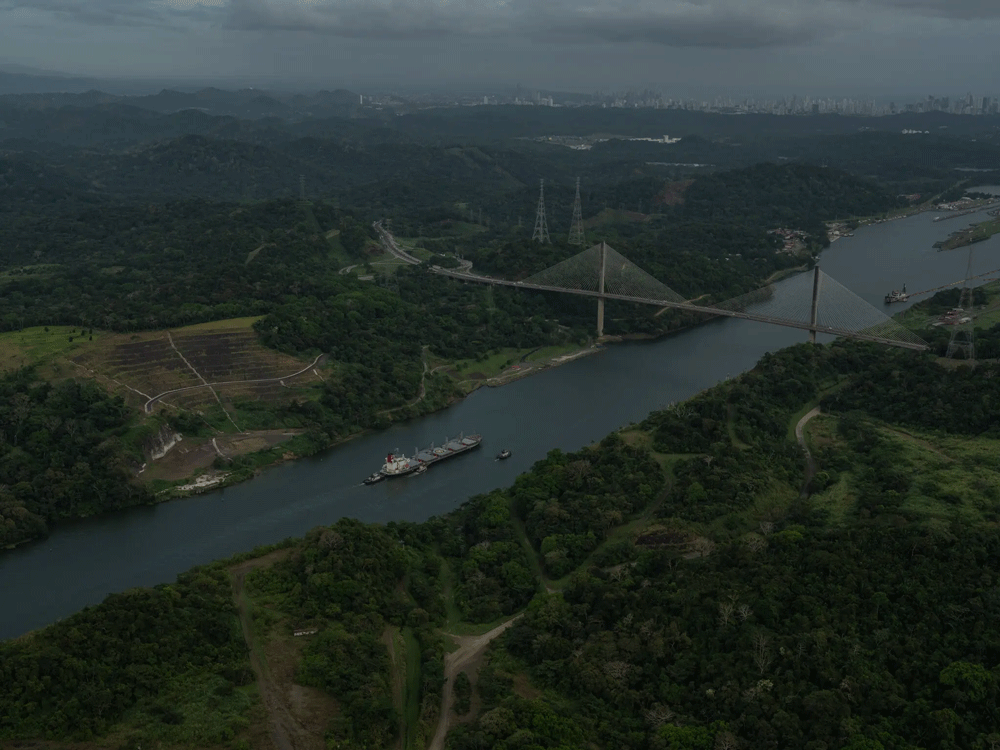
Special status of the Panama Canal
The Panama Canal is an 82 km long artificial waterway in Panama that connects the Atlantic Ocean to the Pacific Ocean and divides North and South America. The canal crosses the Isthmus of Panama and is an important route for maritime trade.
This is considered a strategic gateway for the maritime transport industry and one of the greatest construction projects of the 20th century. About 6% of the world's maritime trade passes through this canal, with hundreds of shipping routes connecting thousands of ports around the world. Excluding oil tankers, more than 20% of global goods pass through this canal. The US uses this canal the most, with about 40% of container traffic passing through this canal.
The Panama Canal is also a "golden goose" for Panama, contributing about 6% of the country's GDP in 2023.
The Panama Canal, which is more than 110 years old, has changed the landscape of the maritime transport industry, shortening the route of cargo ships, helping vehicles avoid going around Cape Horn in the southernmost part of Chile, South America, saving thousands of kilometers, thereby reducing transportation costs.
For the United States, the benefits of the Panama Canal are enormous. Ships waiting for cargo from the East Coast of the United States (like New York) to the West Coast (like San Francisco) have their distance cut by more than half, saving more than ten thousand kilometers.
The idea of a sea route connecting the Atlantic Ocean with the Pacific Ocean through Panama has existed since the 16th century, but it was not until early 1882 that a French corporation started construction, but then failed and went bankrupt due to earthquakes, epidemics, sea level differences, harsh climate, and outdated construction techniques...
In the early 20th century, France transferred the rights to exploit the canal to the United States. It took the Americans another 10 years to complete the canal, which opened in August 1914. After that, the canal was under the management of the US government until Washington returned it to Panama in 1999 under a treaty signed by the late US President Jimmy Carter in 1977.
The treaty allows the US to intervene militarily if the waterway is disrupted by “internal conflict or a foreign power.”
Recently, Mr. Trump and some Republican lawmakers argued that cooperation agreements between Panama and China regarding the Panama Canal violated the neutrality commitment in the 1977 US-Panama treaty.
Over the past decade, Panama has been the focus of special attention for China due to its strategic location, as Beijing seeks to expand its influence around the world, including in Latin America.
China is now South America’s second-largest trading partner, after the United States. China has also signed multibillion-dollar infrastructure deals in Panama, according to the New York Times. The two sides said they would also negotiate a free trade agreement.
However, as China's influence grows, so does US pressure on Panama.
On the other hand, according to the NYT, China denies having any interest in violating Panama's sovereignty or interfering in the country. Beijing says it has always respected the canal as a permanently neutral international waterway.
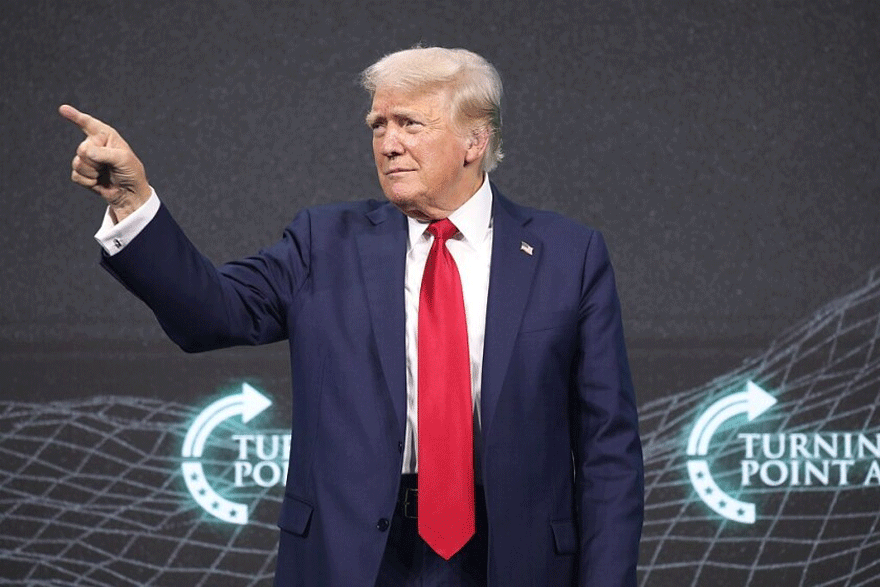
Source: https://vietnamnet.vn/ong-trump-de-doa-dung-bien-phap-manh-vi-the-dac-biet-cua-kenh-dao-panama-2368196.html


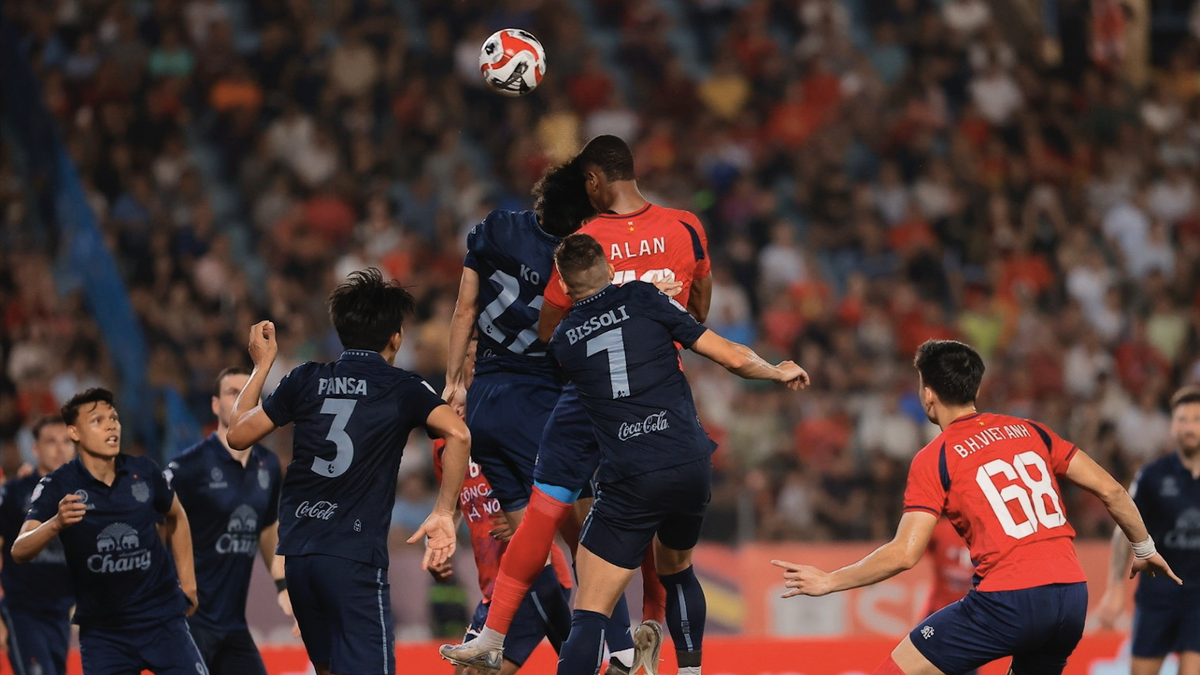

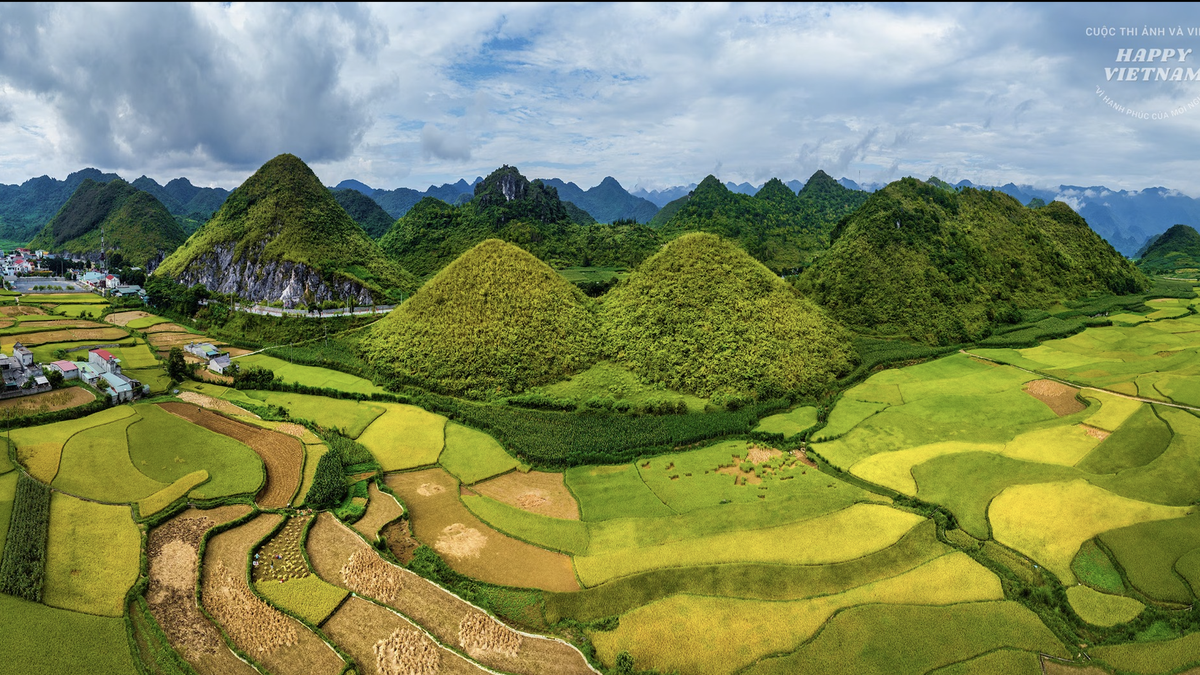
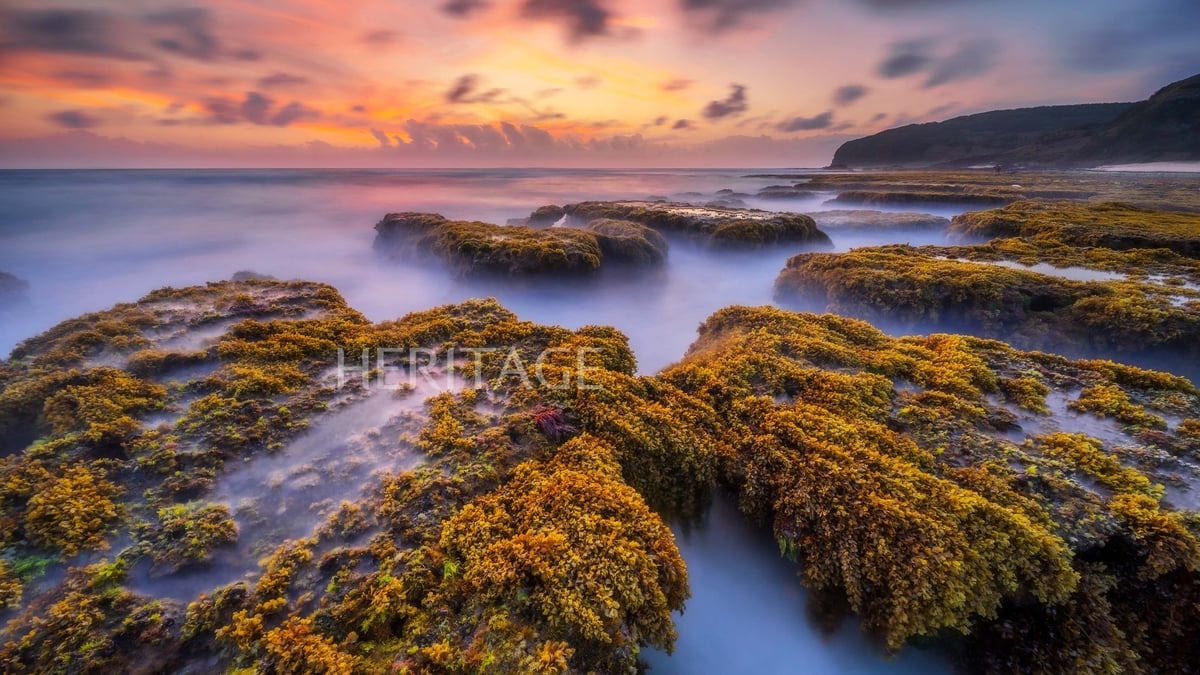

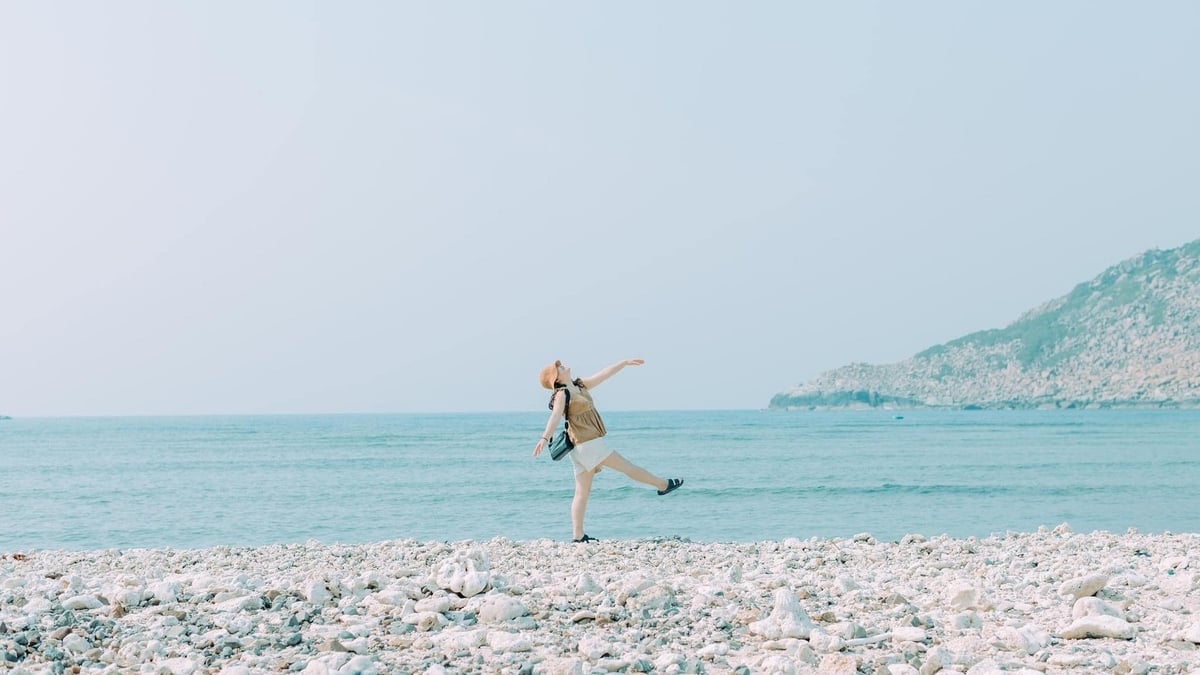
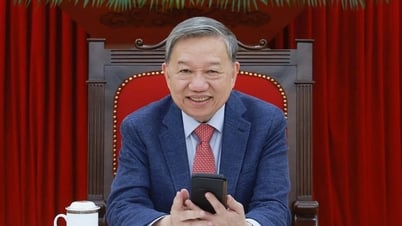

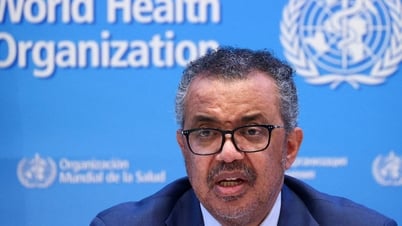

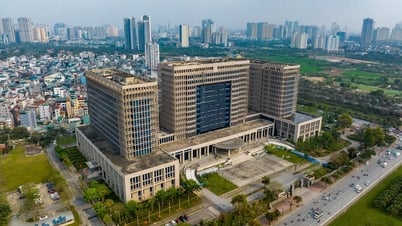


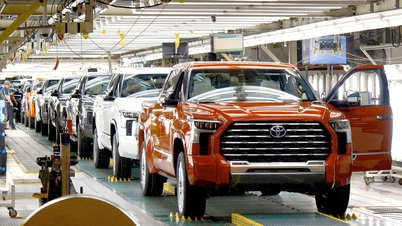





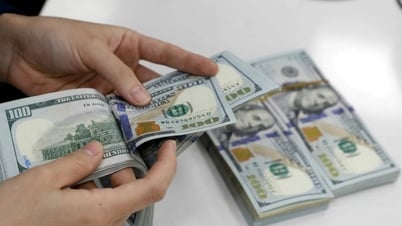

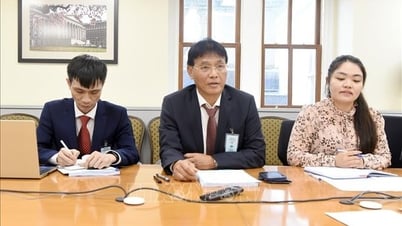







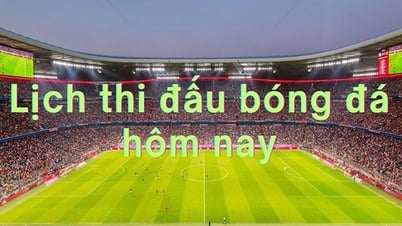


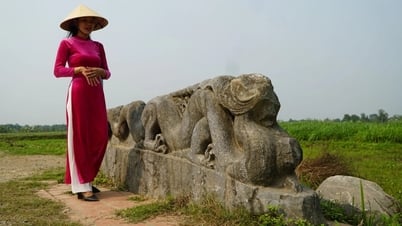

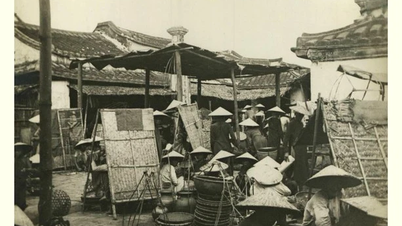

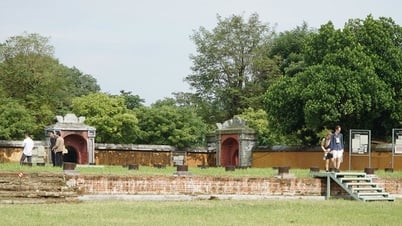

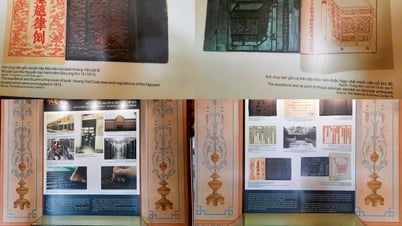

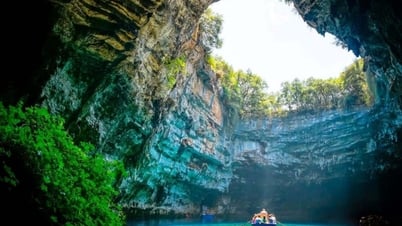

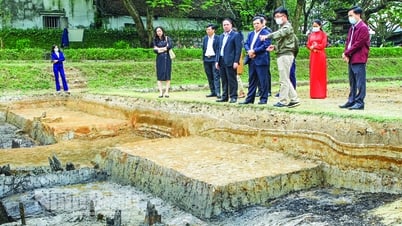



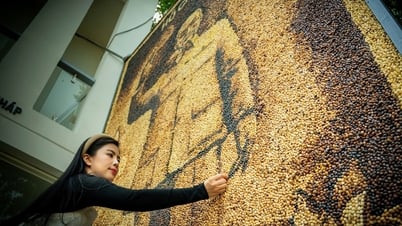












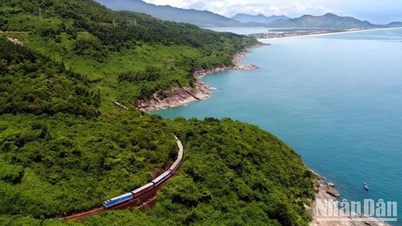

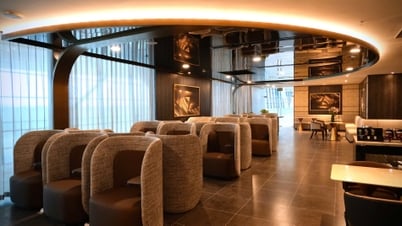
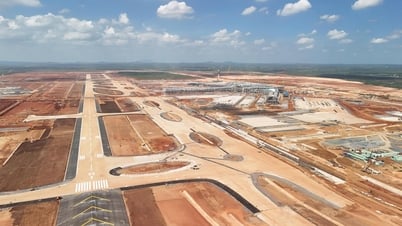
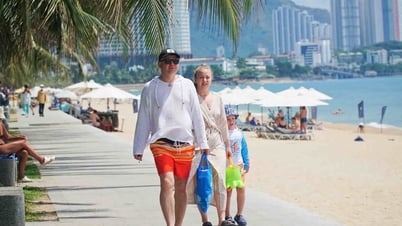


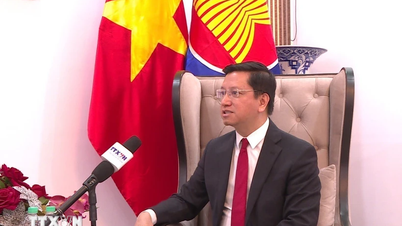

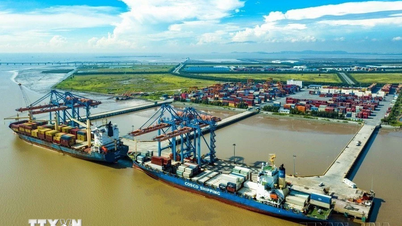
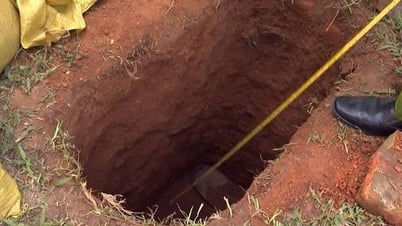


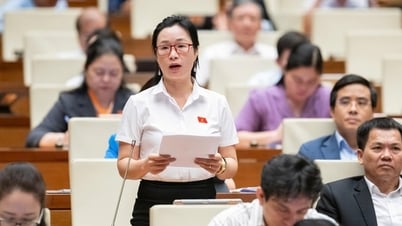


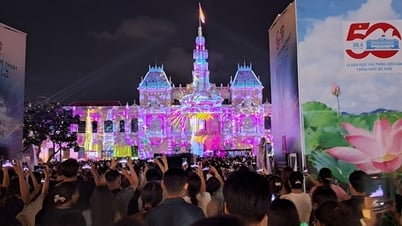
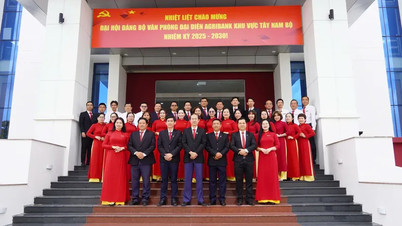

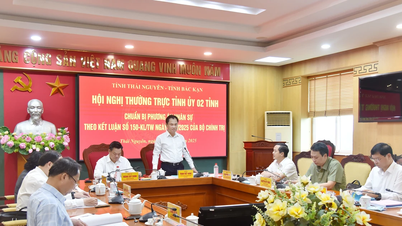

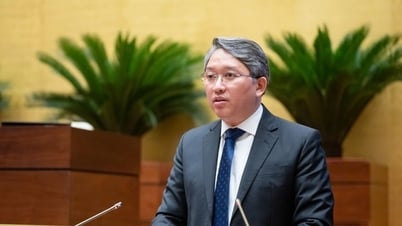



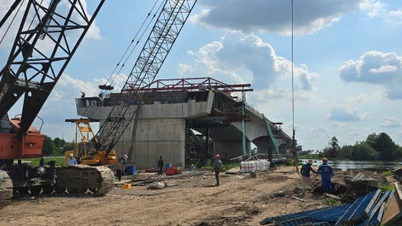


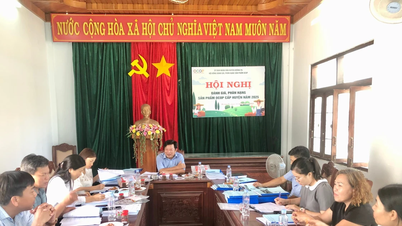
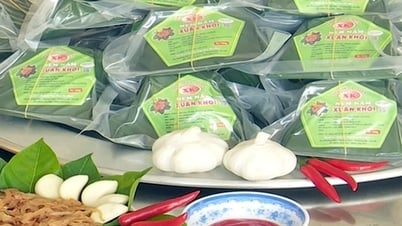


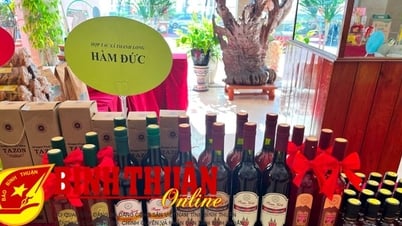



Comment (0)